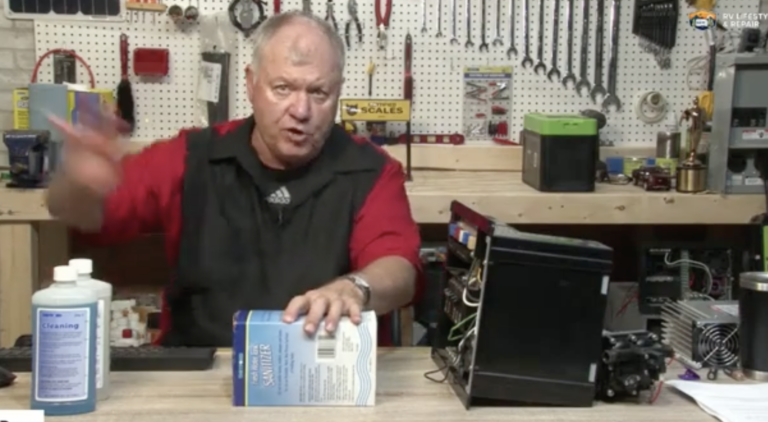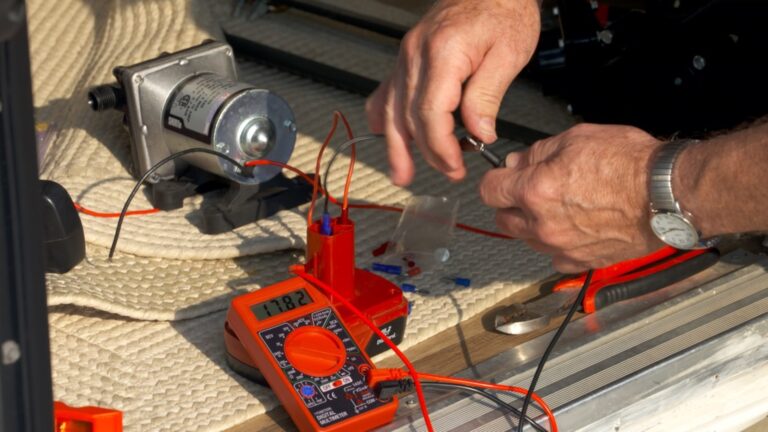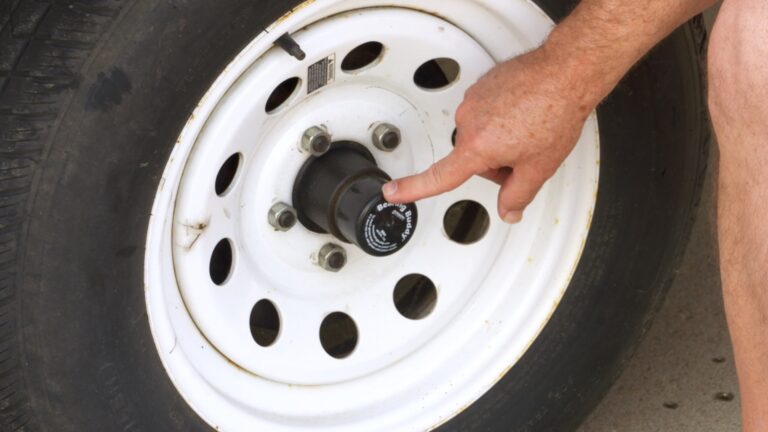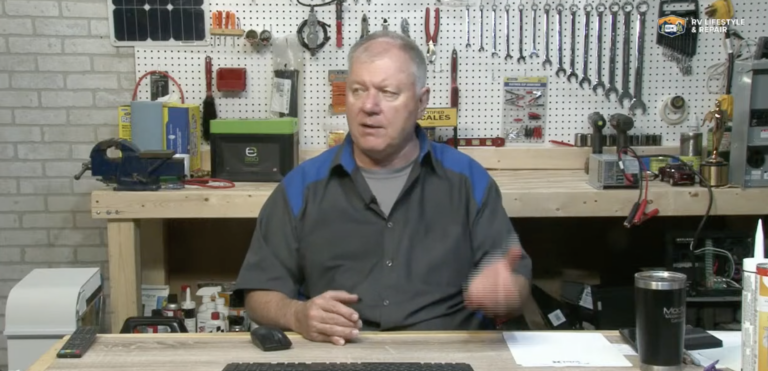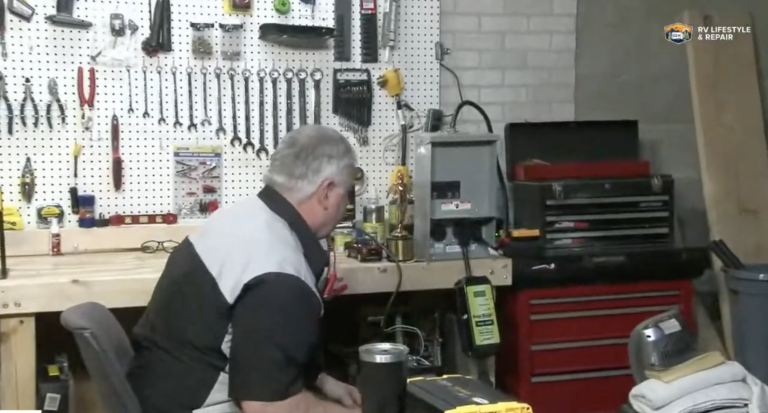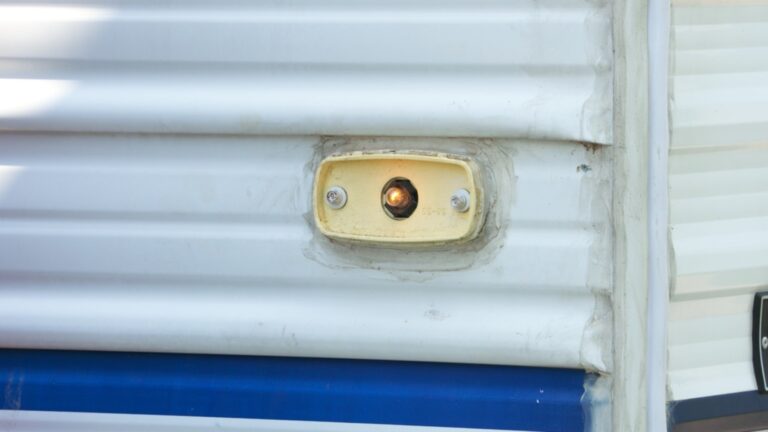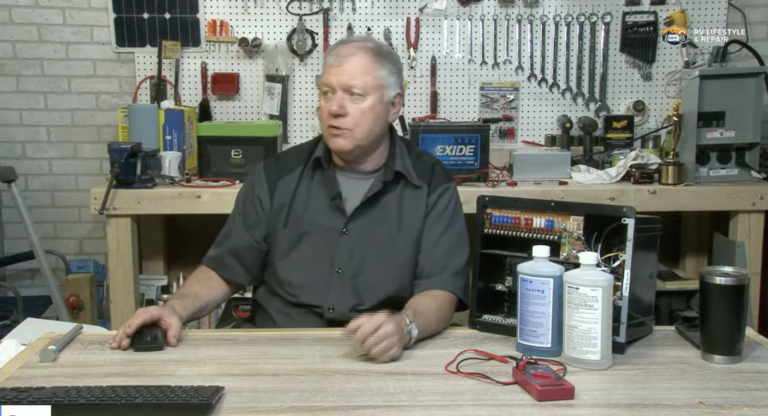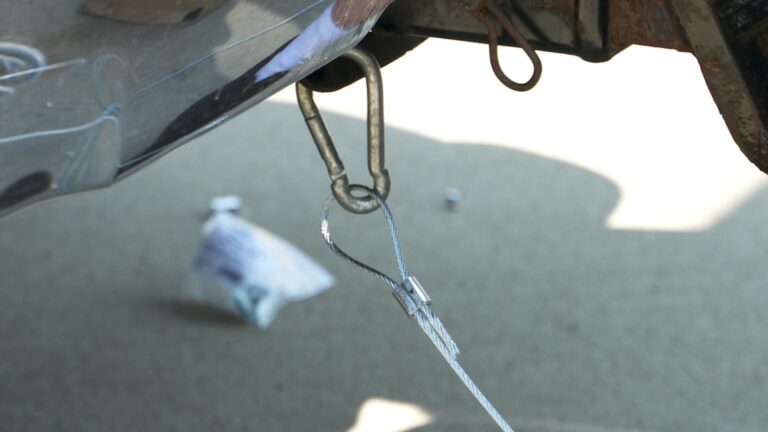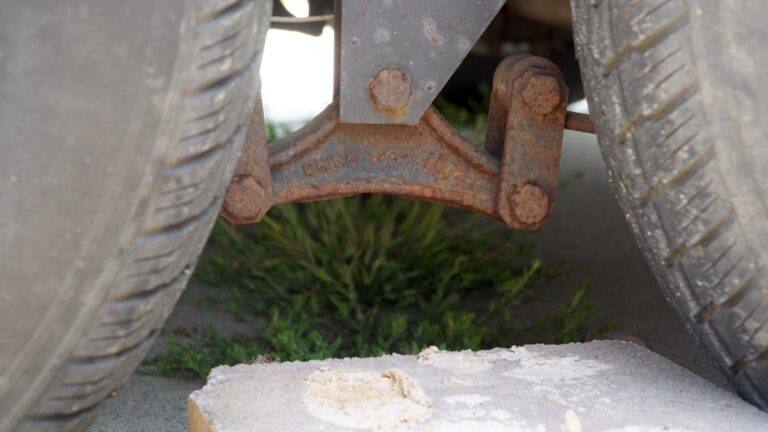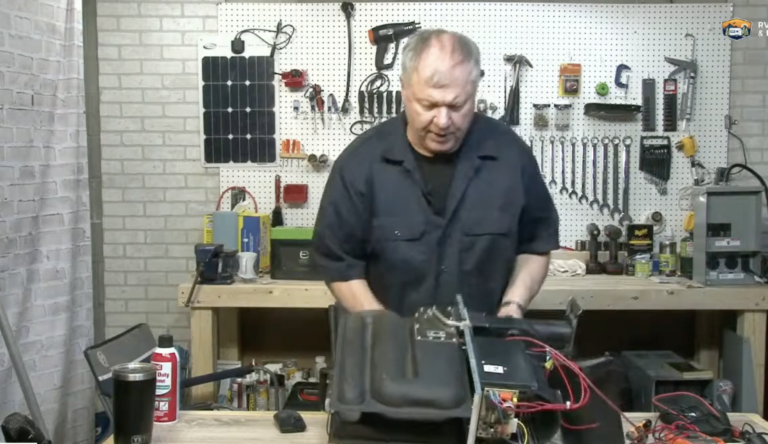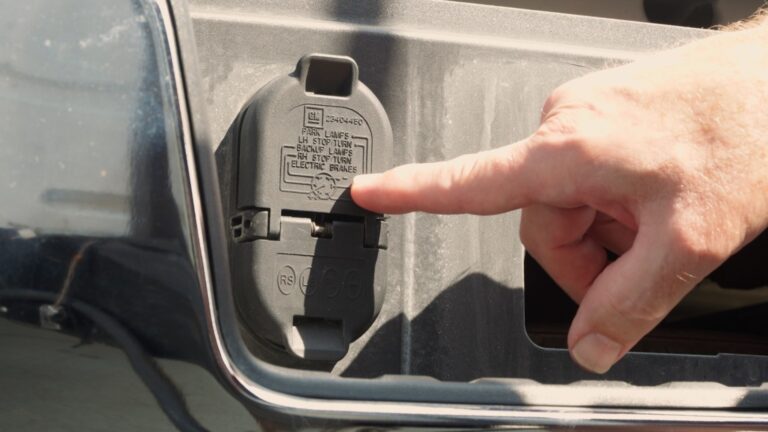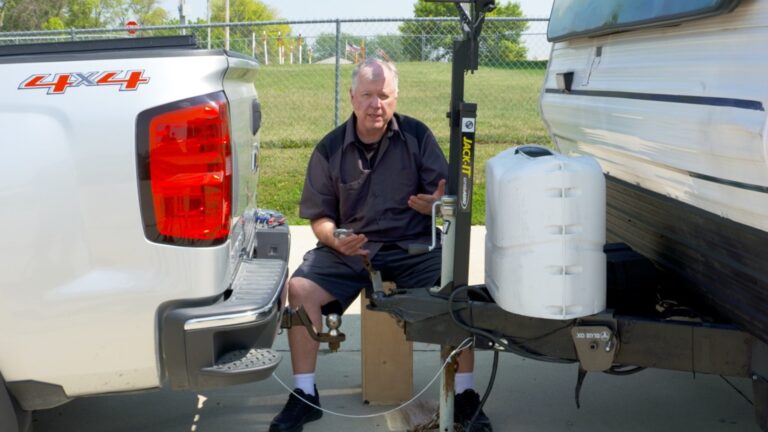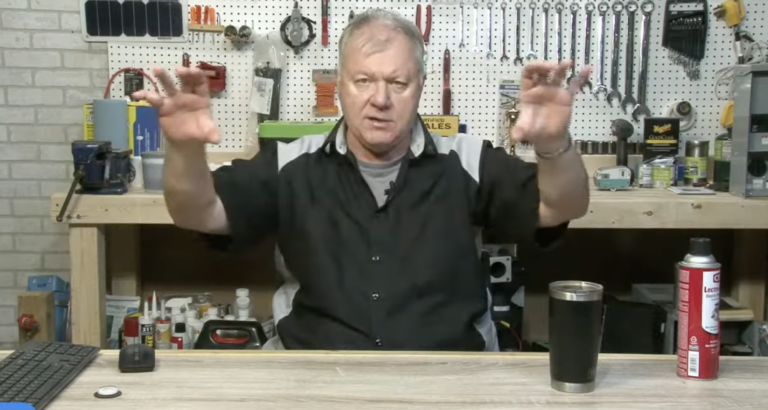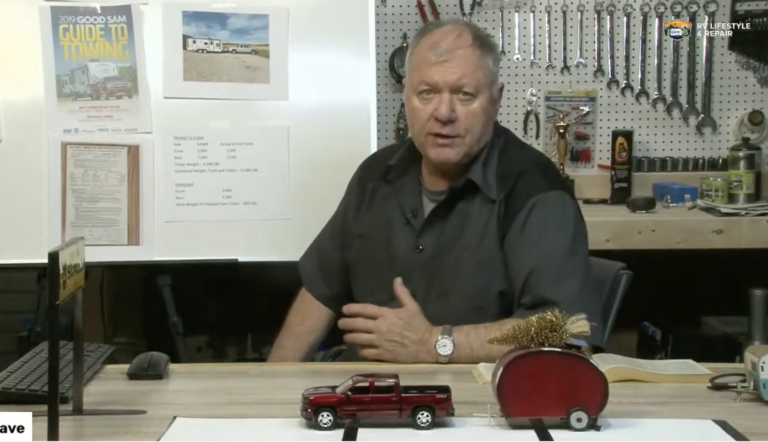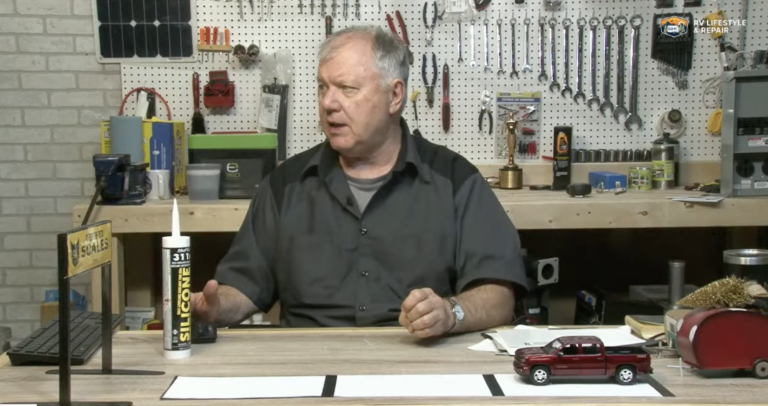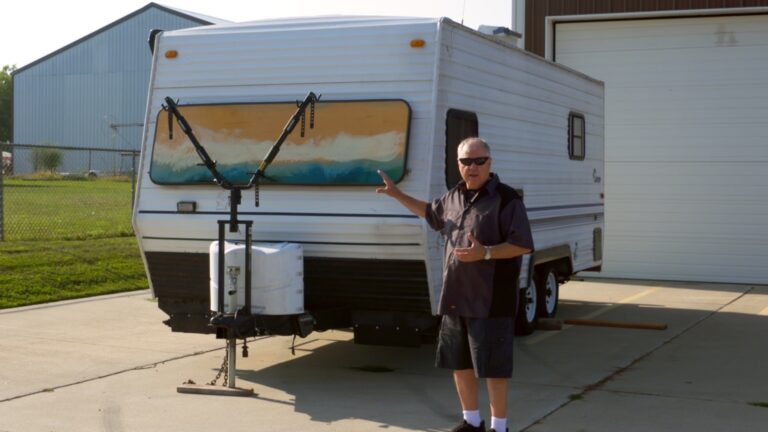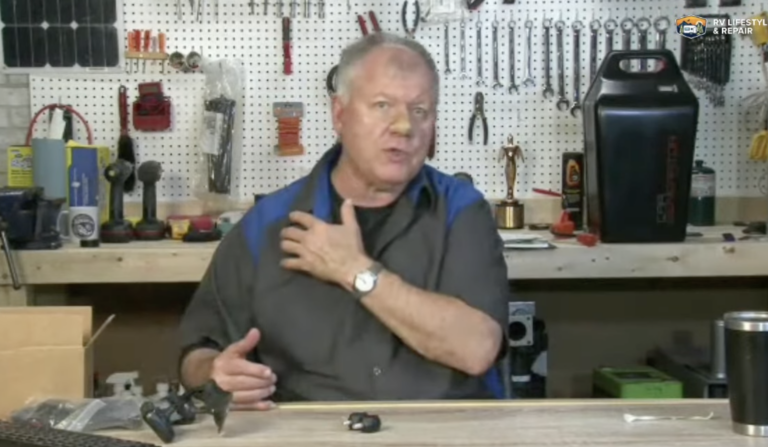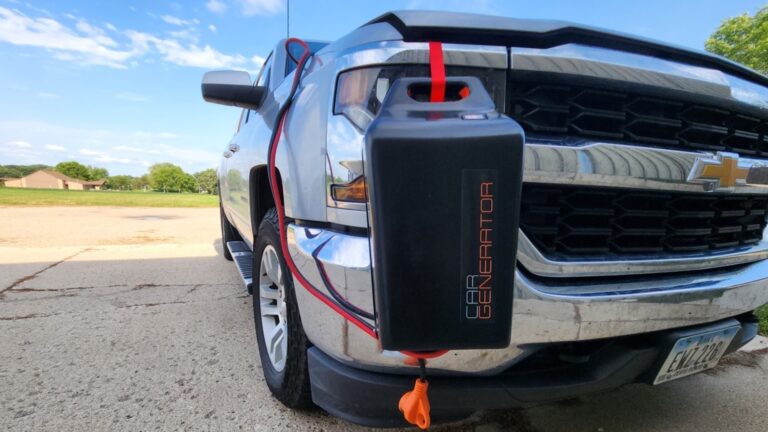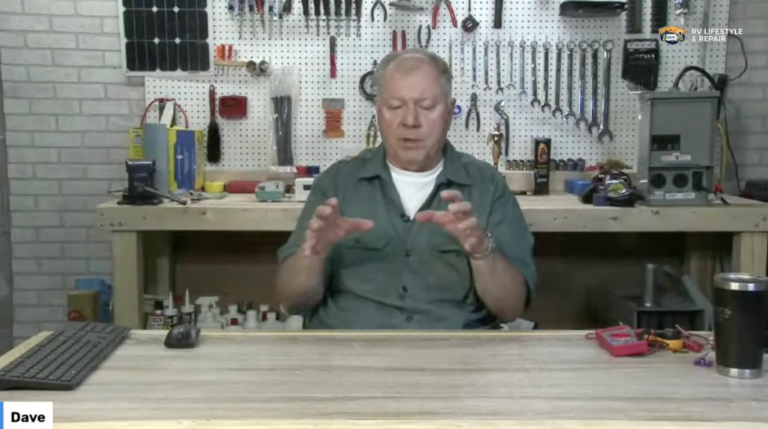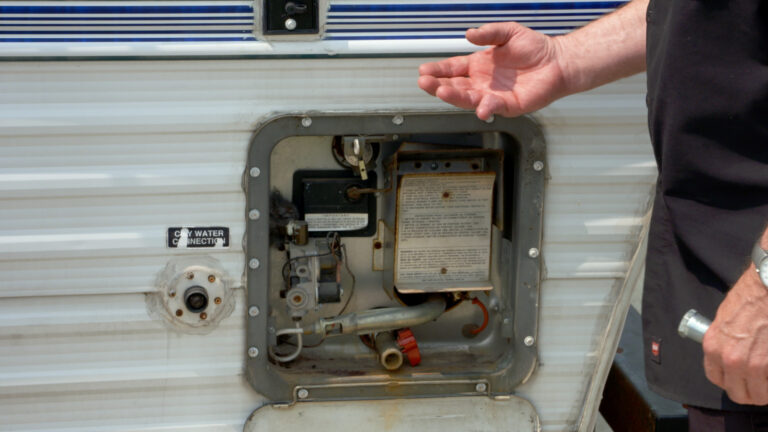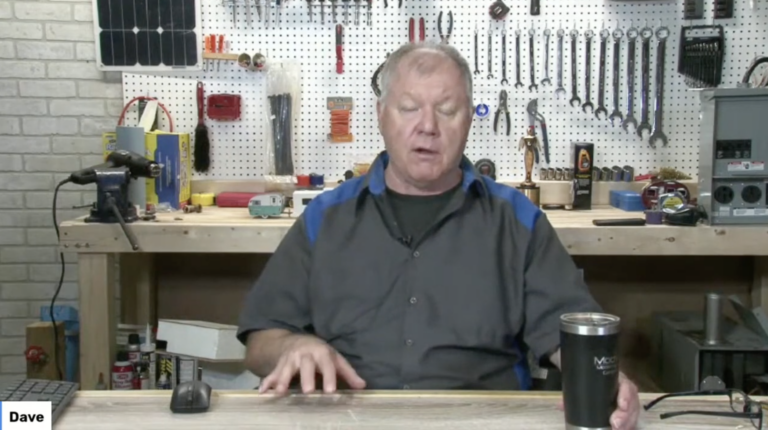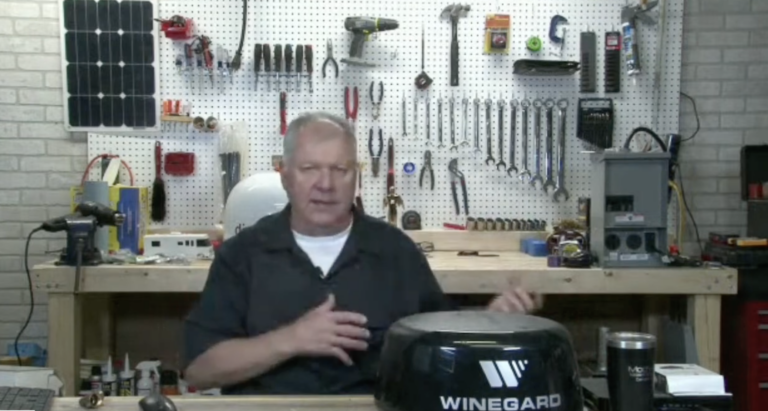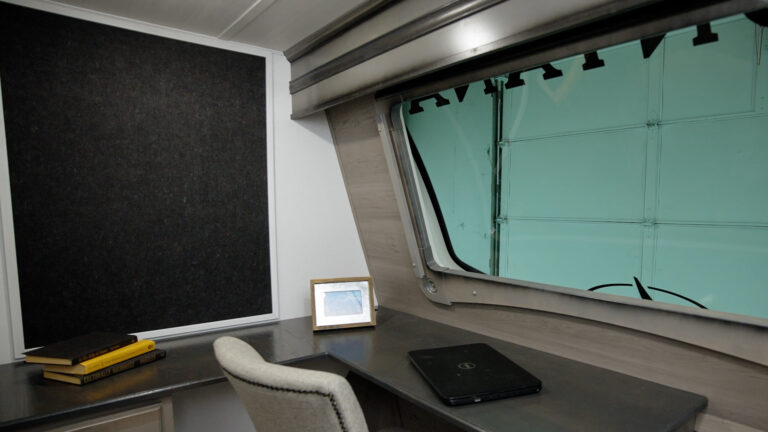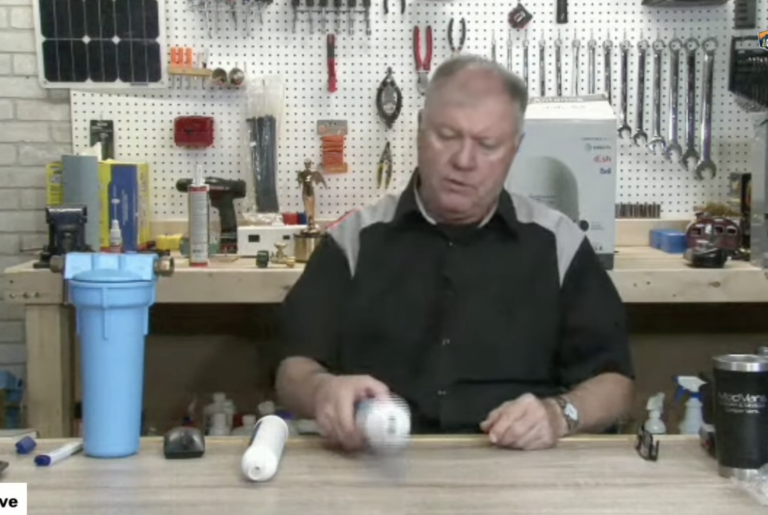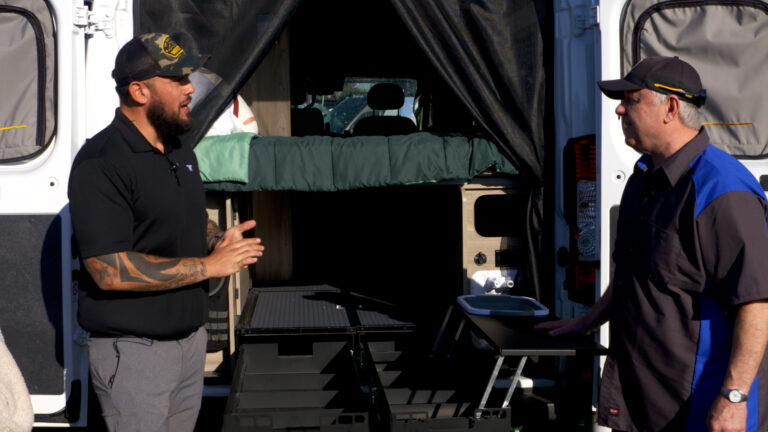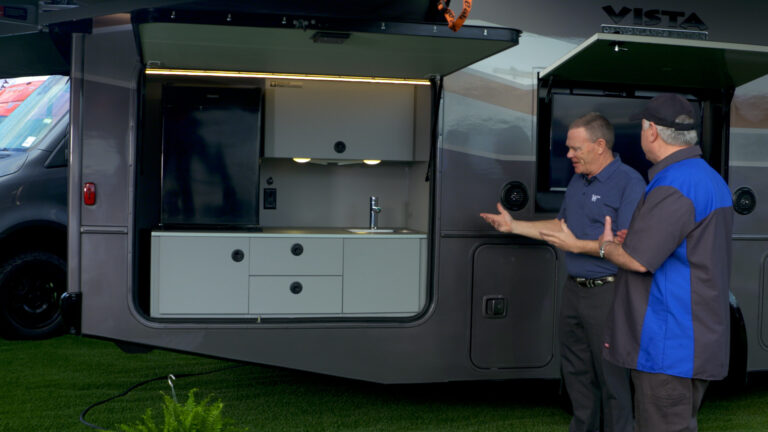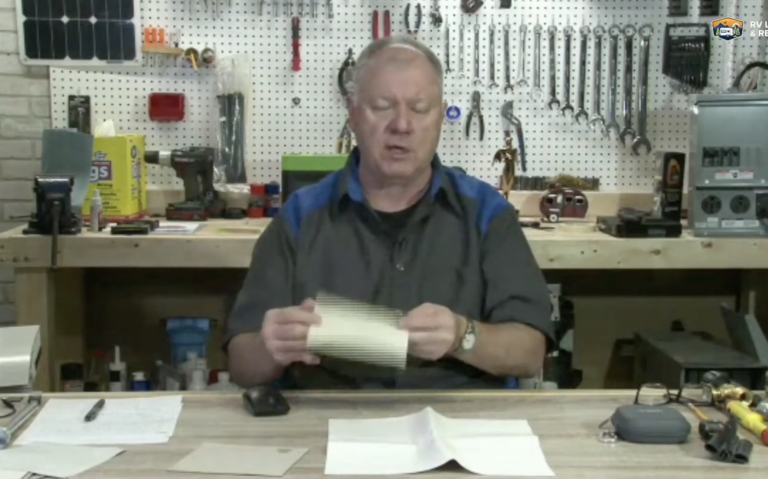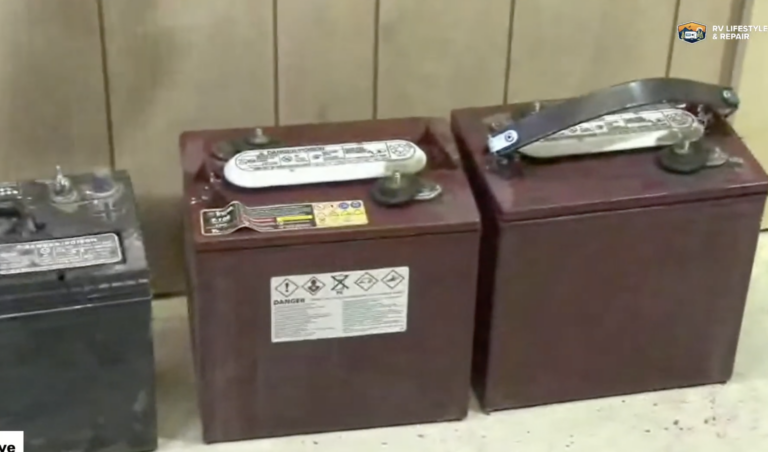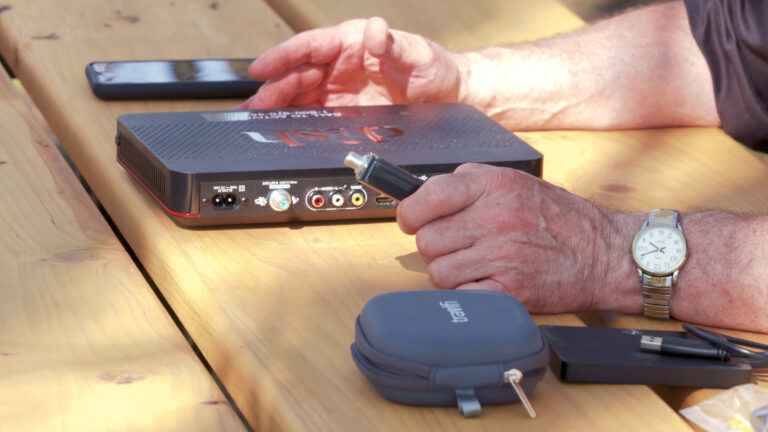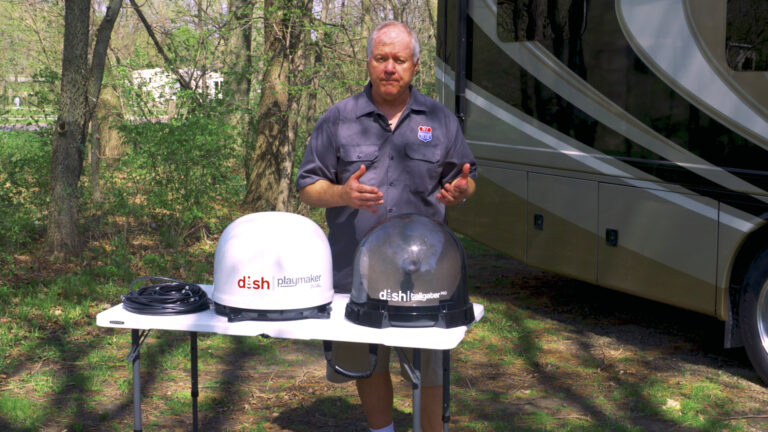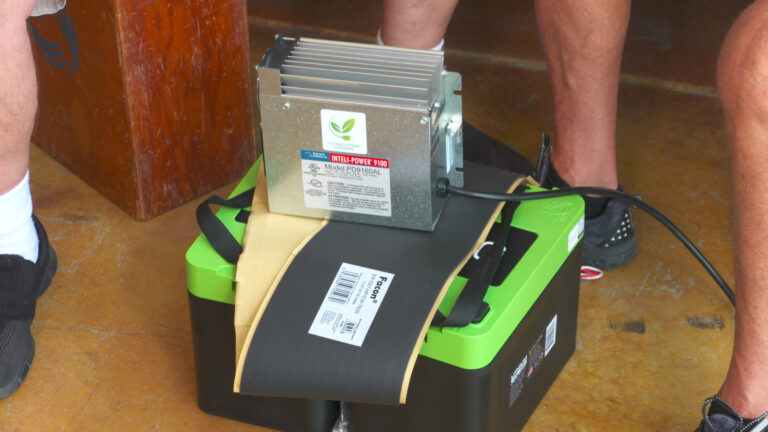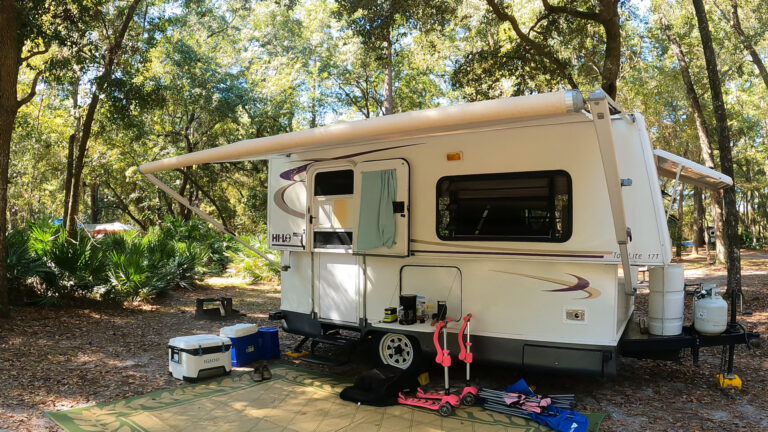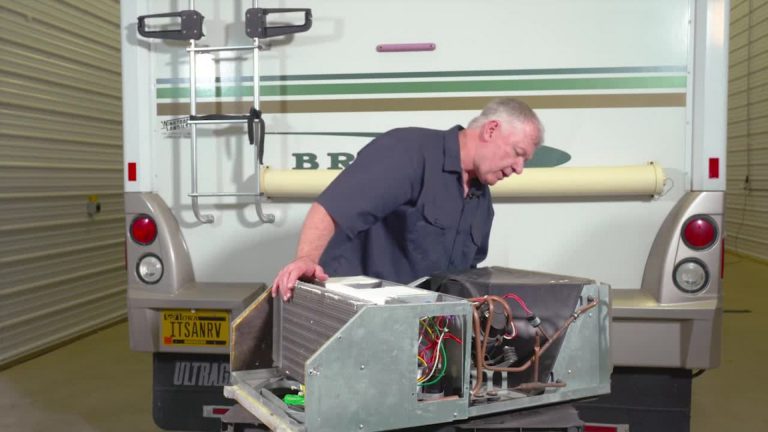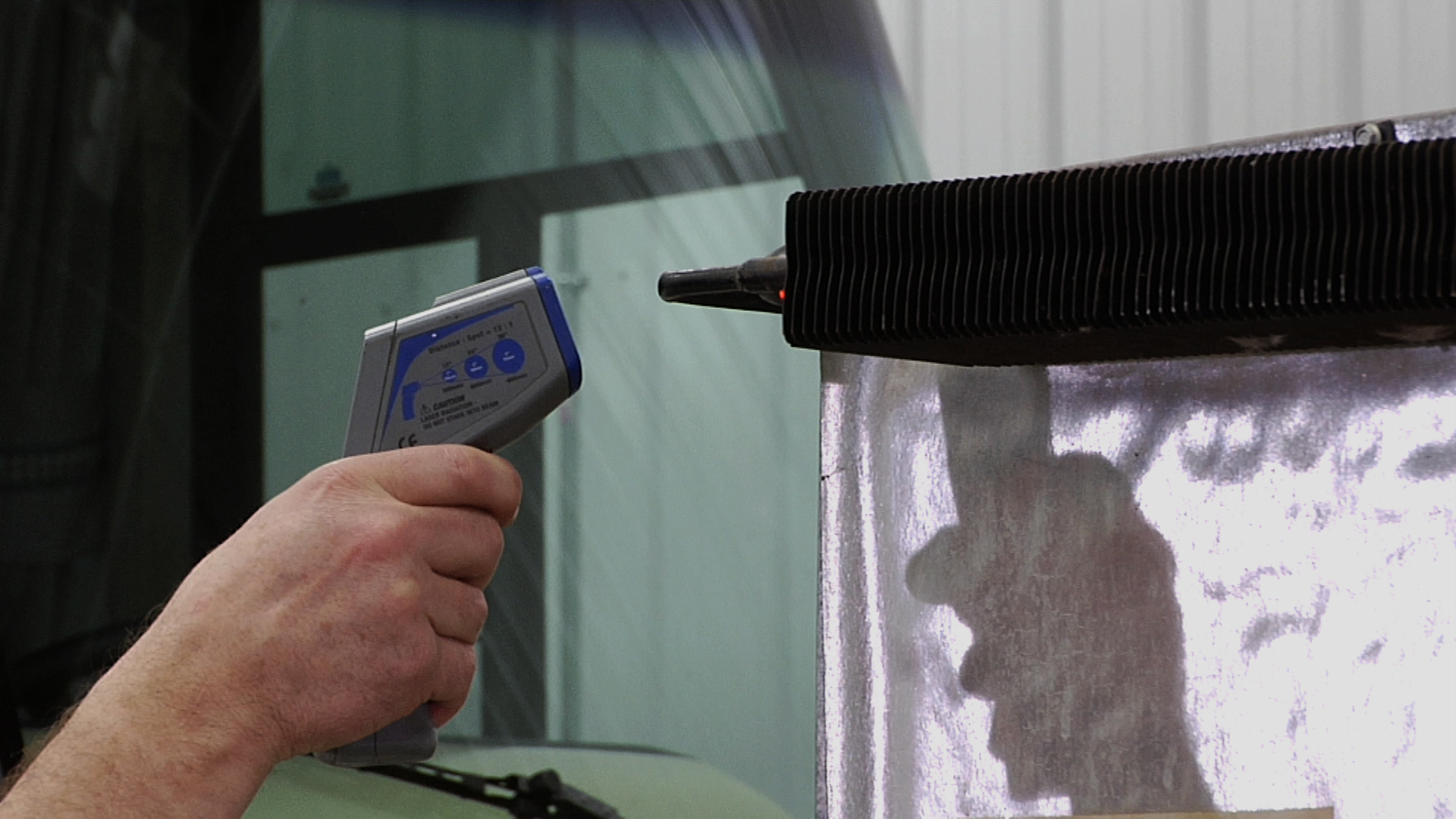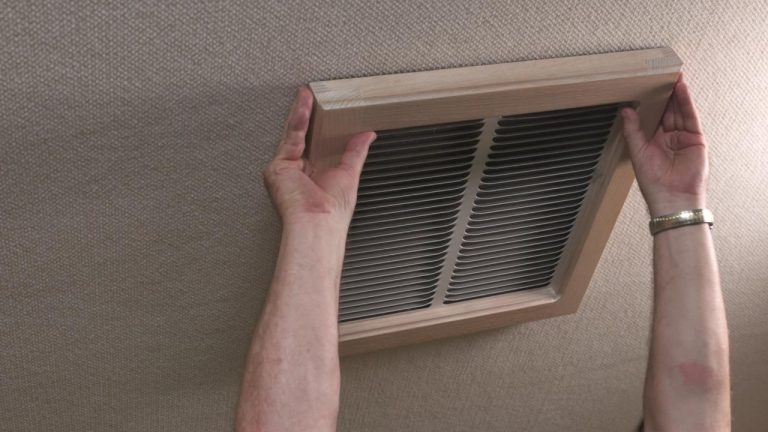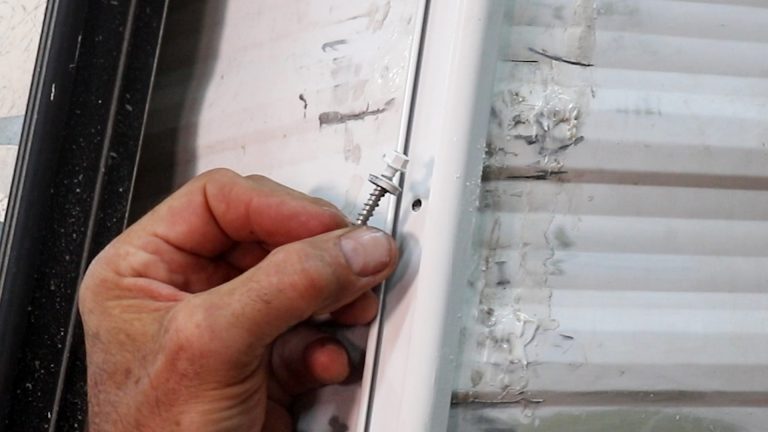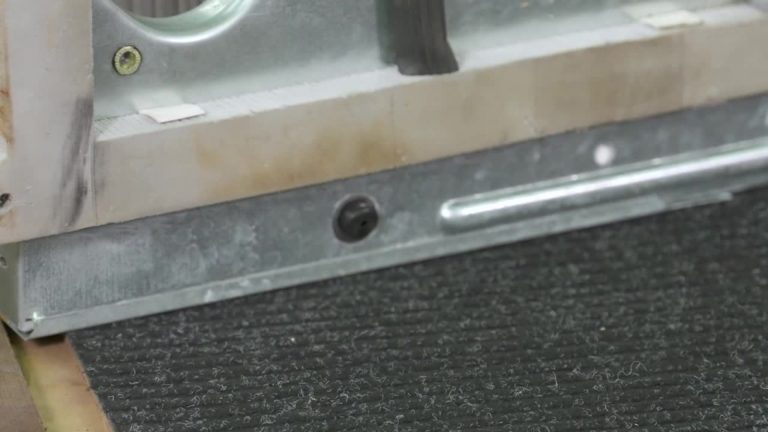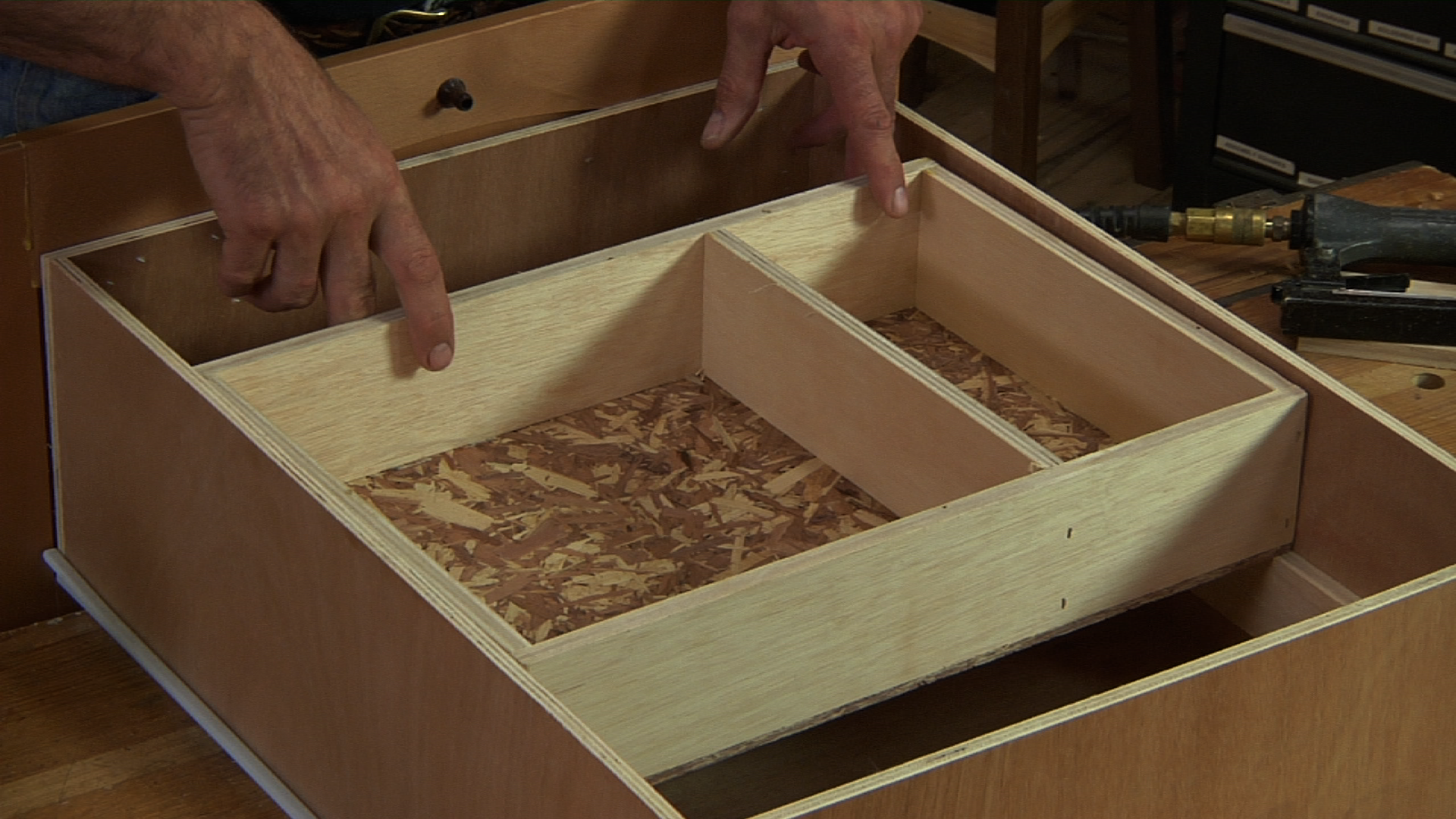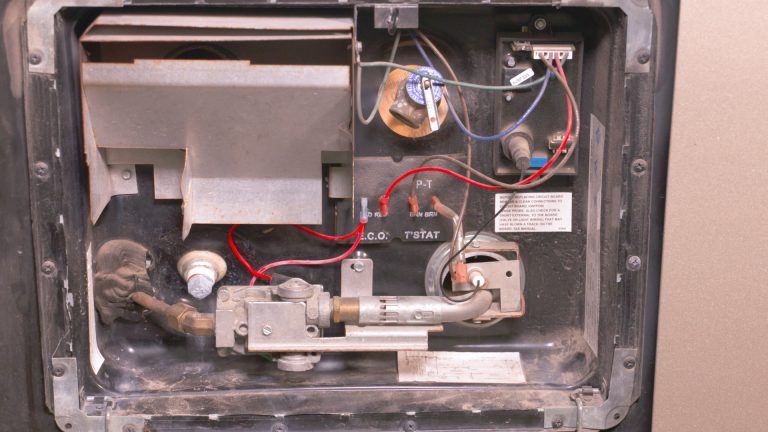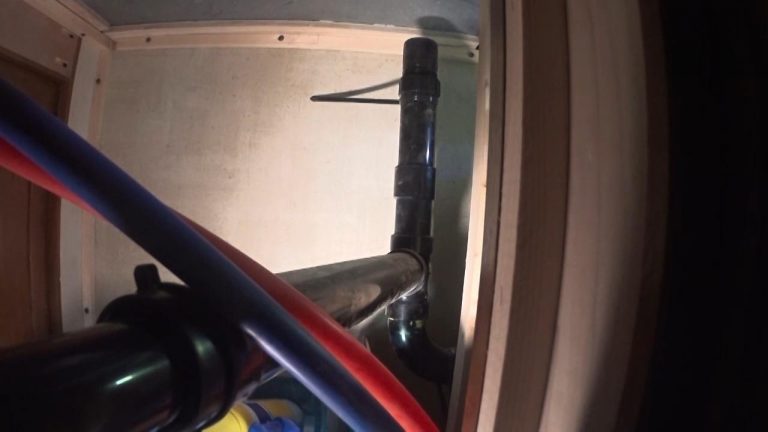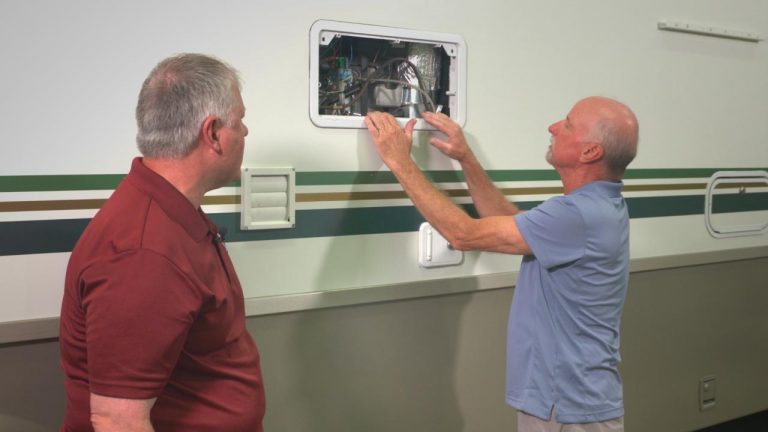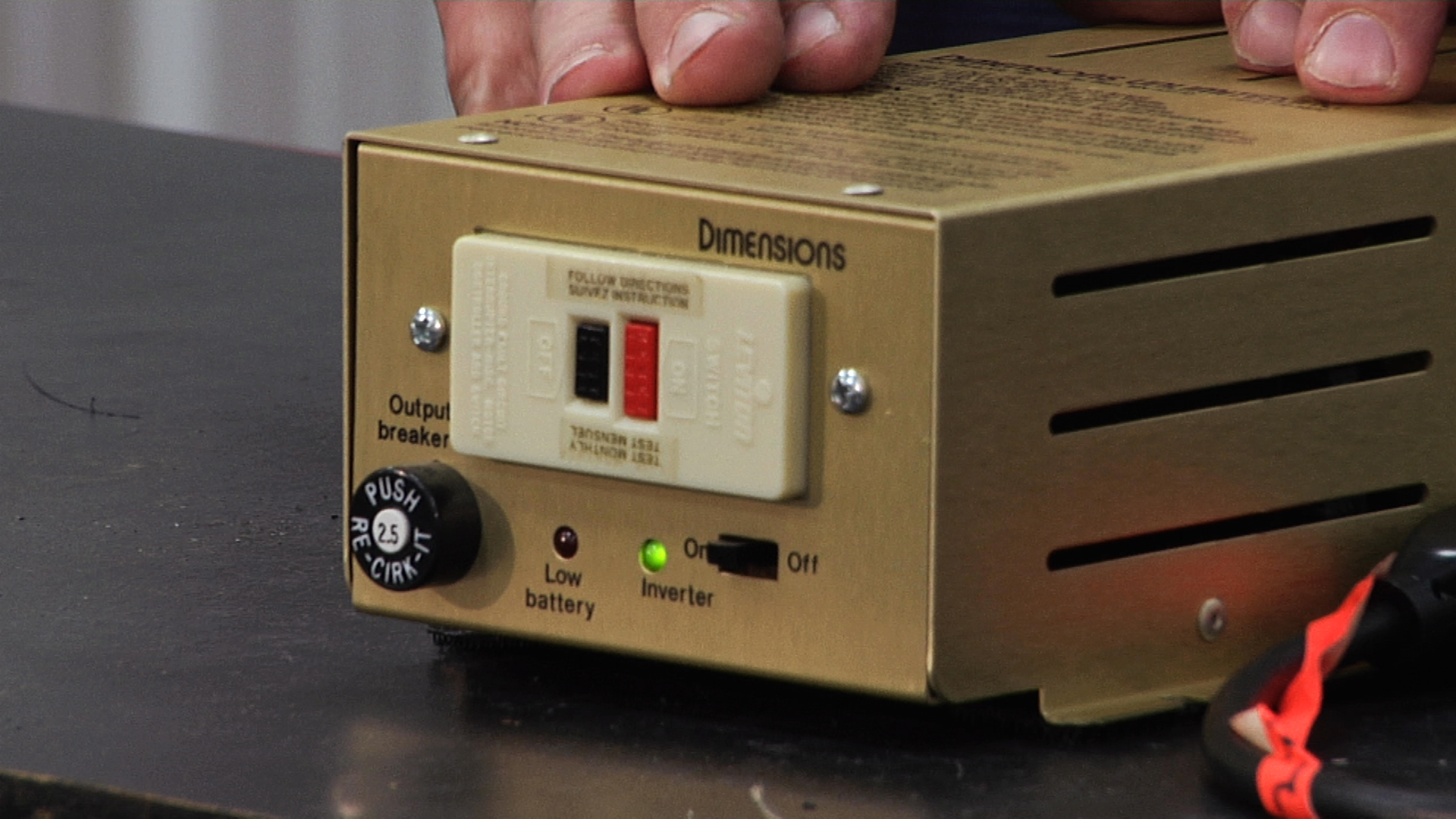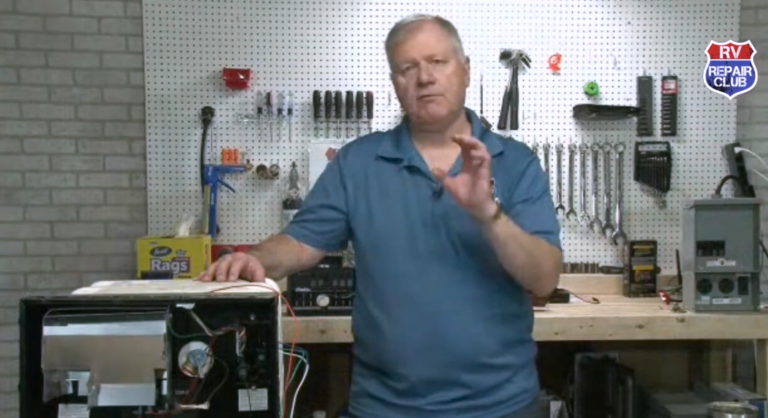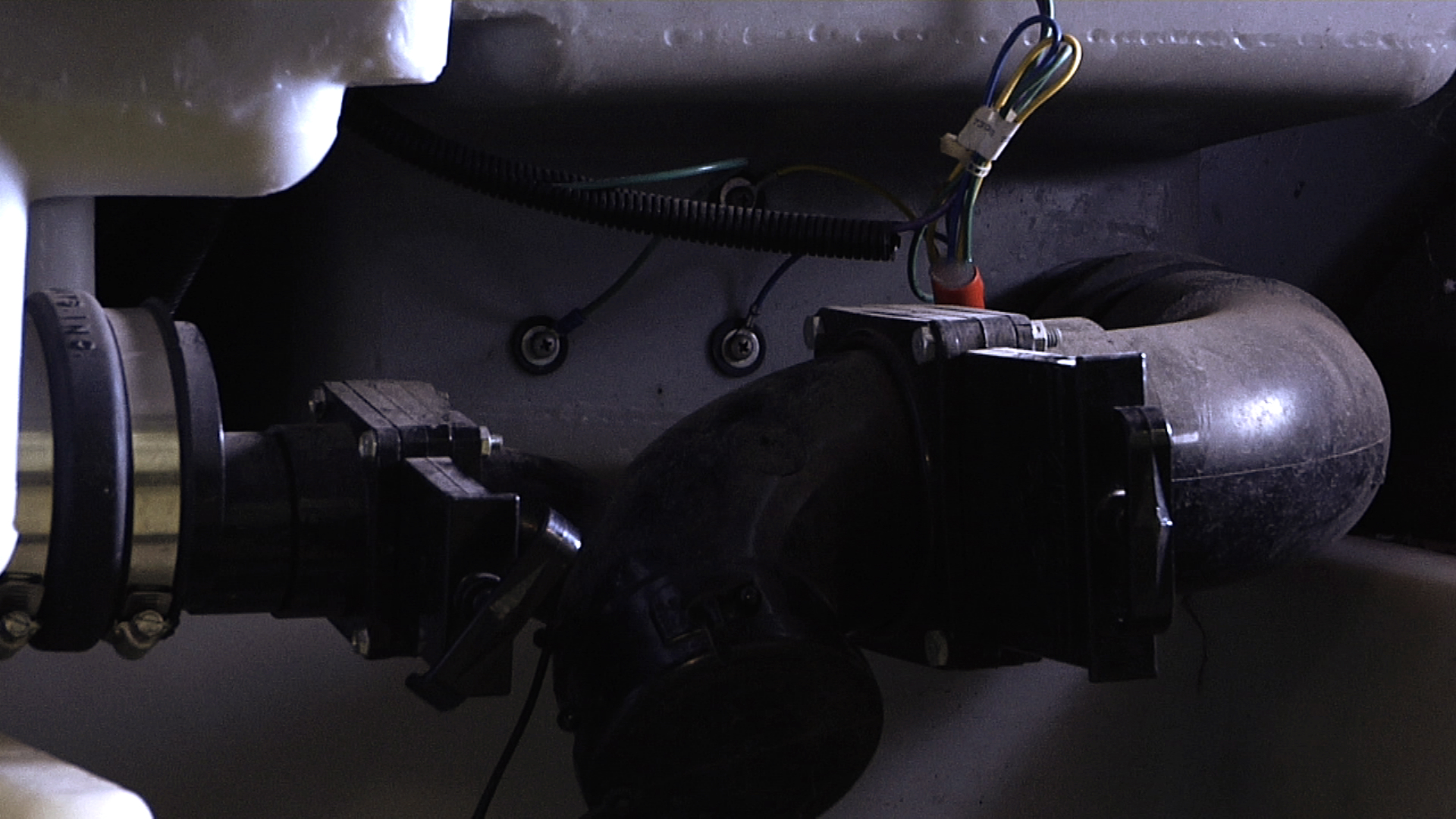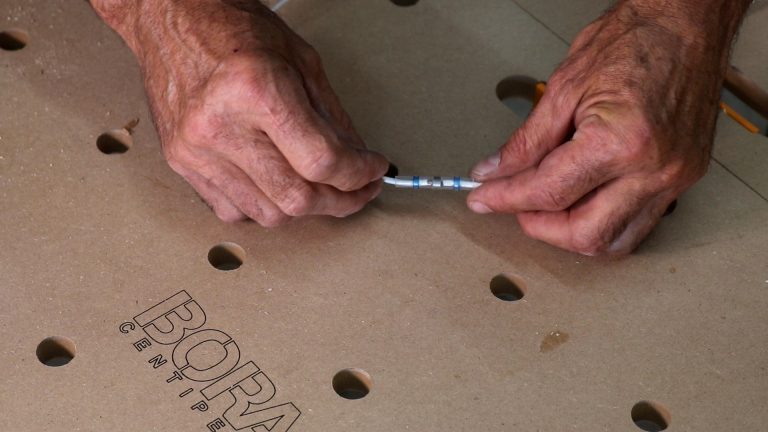
RV Air Conditioner Inspection and Maintenance
Dave SolbergMobile air conditioning is a marvelous thing, but it doesn’t work like magic. There are simple components that dictate how it operates and maintenance methods that encourage better functionality. When you’re out on the road, miles from a repair facility, it’s important to understand how your RV air conditioner works and what you need to do to improve its capabilities.
In this in-depth video lesson, RV Lifestyle & Repair Managing Editor Dave Solberg and RVIA Certified Master Technician Steve Albright teach you how to inspect and maintain your RV air conditioner to improve efficiency and maximize its cooling capacity. No matter the type of RV air conditioner your vehicle utilizes, there are many simple measures you can take to ensure a long and fruitful life for your AC unit.
The Basics of Your RV Air Conditioner
First things first, Dave and Steve discuss how AC units operate and introduce some ways you can maximize your unit’s potential. There are three main types of RV ACs, the most common of which incorporates a rooftop unit with vented discharge. This type of AC includes an indoor ceiling assembly with selector and thermostat switches, similar to the window unit you might see on some homes.
The second type uses a plenum as opposed to roof discharge. This type is kind of like ductwork in an office, where one end of the plenum is responsible for return air and the other for conditioned air. And the third type of RV air conditioner is like central AC, utilizing two compressors to cool your vehicle’s air. Prices for AC units can vary drastically, depending on the type you choose and the cooling capacity you require.
Taking off the Top
With the types explained, the guys remove the shroud from a Coleman model AC unit to walk you through a sample inspection of the unit’s components and their functions. Steve talks about the mechanics of freon and how it works to cool air that’s recycled into your unit after passing through the evaporator and compressor. Essentially, it extracts hot air by changing states, from a liquid to a gas and back to a liquid.
Inside the housing of your RV air conditioner, the insulated evaporator, thermistor, and compressor are in constant conversation about the temperature in your cabin. When the thermistor says it’s time to cool the air again, the components work together to do so. To this end, Steve talks about some of the things that must happen for your evaporator to freeze, and what you can do to prevent these circumstances.
When you’re inspecting an RV air conditioner, it’s essential that you ensure the intake is clean and clear of debris. You should check the filters and examine the insulation, divider dam, and gaskets to guarantee airflow is as strong as possible. When any of these become clogged or damaged, airflow can be reduced or even stopped entirely. But don’t ever expect your AC unit to instantly cool your RV after a long day of baking in the sun. That’s just not how it works!
In closing the lesson, Dave and Steve summarize the most important tips for maintaining and inspecting an RV AC unit. And they discuss a cautionary tale that Dave received from an RVLR member who stored his RV for the winter. The member pulled his vehicle out for spring cleaning and found that a squirrel had burrowed into his RV air conditioner and chewed out the styrofoam insulation. That’s the kind of nuts stuff that you have to see to believe!
Explore videos by Dave Solberg
You may be interested in
Premium Membership
Unlock exclusive member content from our industry experts.
- 24/7 Access to Premium RV Maintenance Videos, Travel Inspiration, and Lifestyle Tips
- Step-by-Step Instructional Demos, Projects, and Guides
- 50% Off Video Downloads Purchased in the RV Lifestyle & Repair Shop
- Access to Ask the Expert Program
Unlock exclusive member content from our industry experts.
- 24/7 Access to Premium RV Maintenance Videos, Travel Inspiration, and Lifestyle Tips
- Step-by-Step Instructional Demos, Projects, and Guides
- 2 Full-Length Video Downloads to Watch Offline
- 50% Off Video Downloads Purchased in the RV Lifestyle & Repair Shop
- Access to Ask the Expert Program
Gold Membership
$333 Value
Get everything included in Premium plus exclusive Gold Membership benefits.
- 24/7 Access to Premium RV Maintenance Videos, Travel Inspiration, and Lifestyle Tips
- Step-by-Step Instructional Demos, Projects, and Guides
- 9 Full-Length Video Downloads to Watch Offline
- 2 Full-Length RV Repair Classes to Keep for Life
- Discounts on Purchase-to-Own Content in the RV Lifestyle & Repair Shop
- Access to Ask the Expert Program
- Exclusive GOLD LIVE Streaming Events
